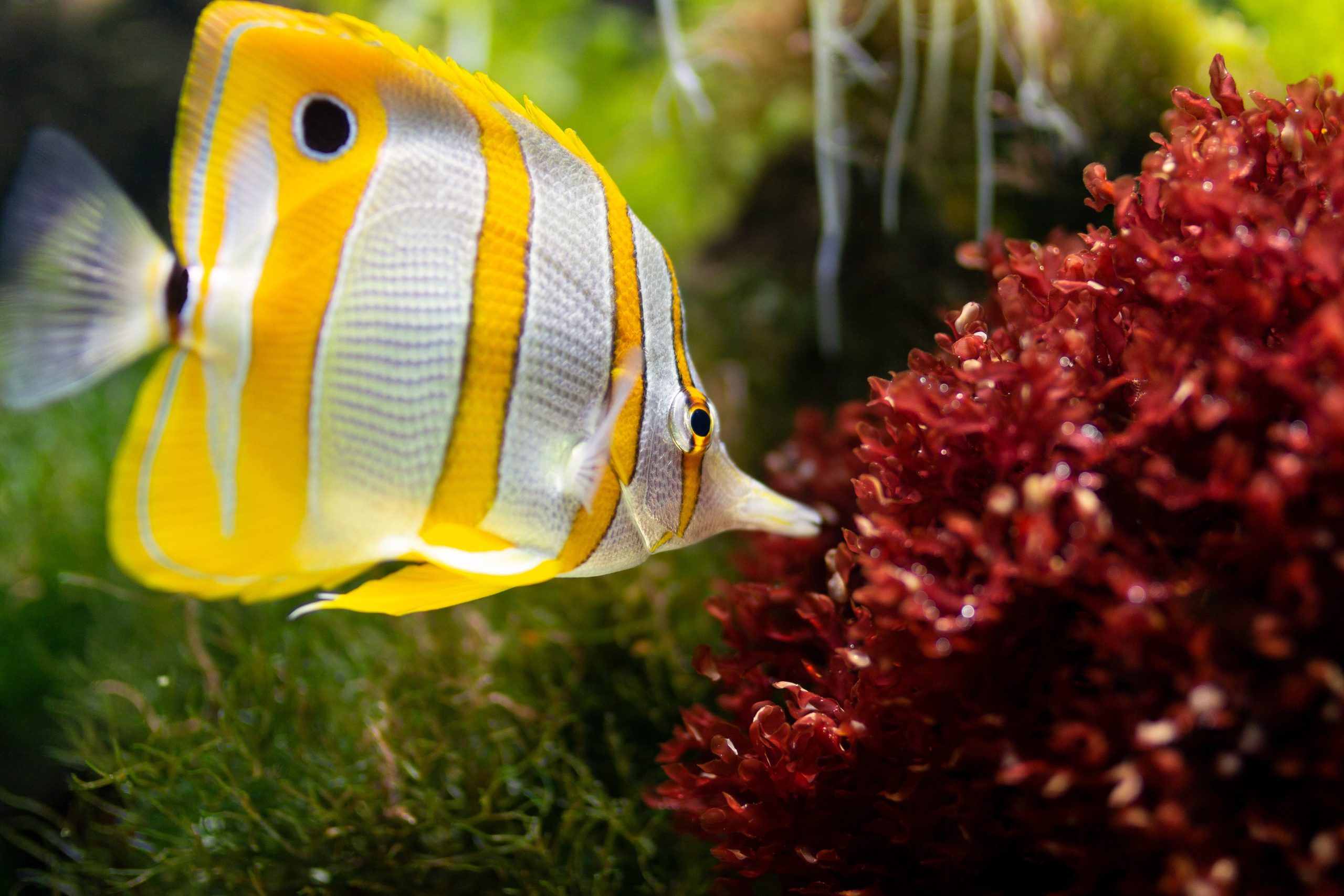
Do you have doubts about how you must light up your aquarium? Do not you know what light your fish need so they can have a life as close to their natural habitat? Know that fish can be stressed if they do not have good conditions. We leave you some tips so you can create a good home for your pets.
Remember that if you are looking for an online shop where you can buy anything you need for your aquarium from the comfort of your house, here at Guppy’s Aquarium Products you will find them.
What you need to know about lights in aquariums:
- Fish: we need a source of light that illuminates the container from above. We must also create dark areas.
- Plants: the power of the light will depend on the depth of the aquarium. The bluish light will encourage horizontal growth; orange lights will encourage vertical growth.
- Savings: creating optimal conditions does not necessarily have to be expensive. We can resort to energy saving lamps.
Whether you have an aquarium with fish or plants, you should know some details about the importance of lighting. It’s about getting the most out of life in nature. Light is vital for its development and there are some tricks that, applied to our aquarium, can make everything flow normally. The most practical solution is to resort to the lamps that you can find in the points of sale of large surfaces. You must choose well the power of them.
Light products for fish
Fish are accustomed to swimming between areas lit up by the sun and darker areas as well. Acquiring a suitable lamp and placing it properly is vital to not stress these animals. With artificial lighting, we manage to avoid creating moments of darkness with our own shadow that can alarm the fish and disorient them.
These elements must be placed in such a way that the lighting they give off reaches from above and must be close to the surface of the water. It is advisable, whenever possible, for the point of light to have a certain inclination with respect to the water line. But we must also bear in mind that we can provide the aquarium with some accessories that create dark areas, also very necessary for fish.
As a tip, and so that a good environment for our fish does not come out too expensive, we will resort to the fluorescent tubes of low consumption.
Plants growth
If we like plants, we should know that they are more delicate than fish and need more powerful light bulbs. The more capacity our aquarium has, the more points of light we must place. One thing to keep in mind is the depth of the container. If it’s deeper than 50 centimetres, we will choose HQL or HQI lamps instead of fluorescent lamps, which would be insufficient.
We must also know that a cold radiation, that is, a more bluish light, will encourage a horizontal growth of the stems of our plant (width) while orange lights will enhance vertical (length) growth. If we choose the hanging spotlights we must take into account that they must be placed at 40 centimetres above the water level. The recommended lighting time is 12 to 14 hours. Only this way we will achieve that the growth of the plant is adequate
How much lighting is needed?
This is the question of all that hobbyist that is starting in the world of the planted, the answer is simple, everything depends on the plants you have chosen for your aquarium. If you have chosen the “easy” plants require 0.25 to 0.5 watts per litre. If you have chosen the “medium” difficulty, a minimum of 0.5 watts / L is recommended up to a maximum of 1 watt, while the “difficult” ones require more than 1w / L.
When we talk about lighting needs for our planted aquarium, we refer to the amount of light emitted by the lamps and at the same time to their quality. The plants need a sufficient intensity to be able to carry out the photosynthesis, and a quality of light that resembles as much as possible to the one that emits the sun.
Fluorescence and HQI:
For this type of lighting, the Watt intensity levels have been measured for each litre of aquarium water.
- Low lighting: Between 0 and 0.3 watts / litre (30 lumens per litre)
- Average lighting: Between 0.3 and 0.7 watts / litre (50 lumens per litre)
- High lighting: Between 0.7 and 1 watts / litre (70 lumens per litre)
- Very high lighting: More than 1 watt / litre (100 litre)
LEDs:
For this type of lighting, the Watt intensity levels have been measured for each litre of aquarium water.
- Low lighting: Between 0 and 15 lumens / litres
- Average lighting: Between 15 and 25 lumens / litres
- High lighting: Between 25 and 35 lumens / litres
- Very high illumination: More than 35 lumens / litres